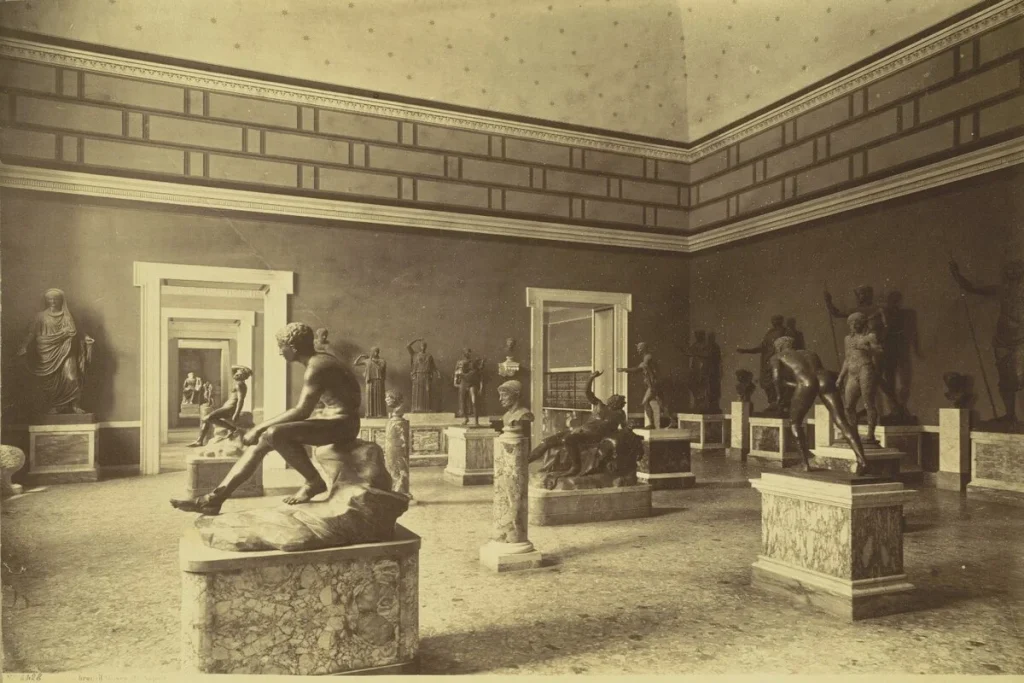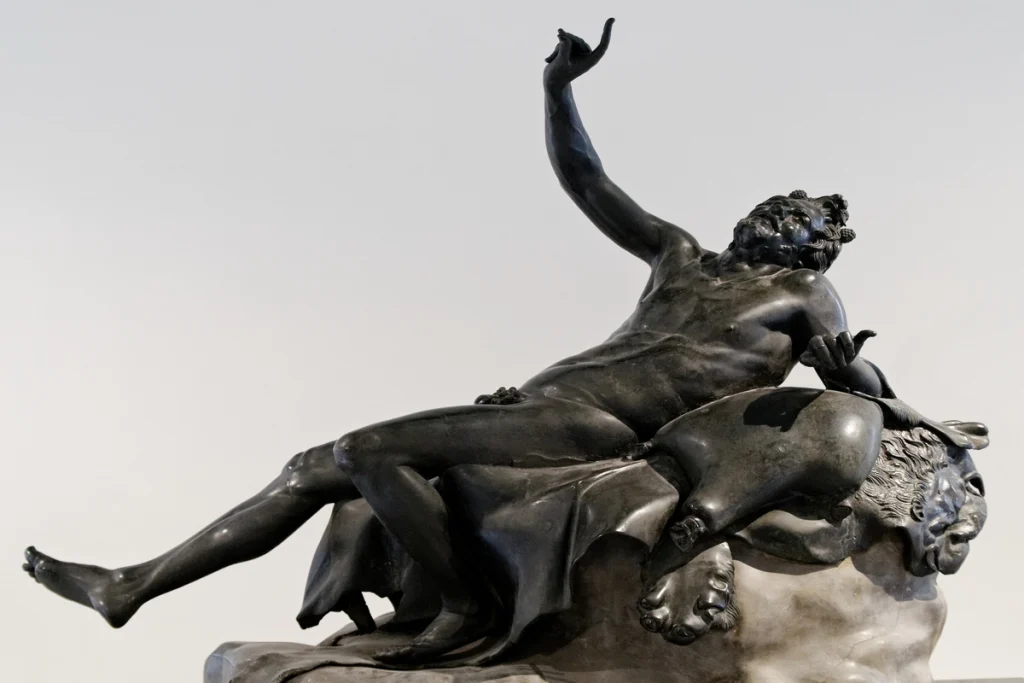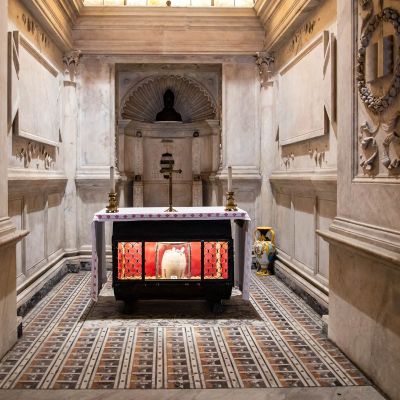Introduction
Welcome to the National Archaeological Museum of Naples, one of the most ancient and renowned museums globally, rich in unique treasures that have significantly contributed to Europe’s cultural heritage. In this article, we’ll explore the intriguing history of this museum, offering you a deeper understanding of its origins, development, and the remarkable collections it holds.
The Roots: Carlo di Borbone and the Farnese Collection
The story of the National Archaeological Museum of Naples is inextricably tied to the Bourbon monarchy, specifically the reign of Carlo di Borbone, who ascended to the throne of the Kingdom of Naples in 1734. Carlo was instrumental in promoting the exploration of the buried cities near Mount Vesuvius, notably Herculaneum (excavated from 1738) and Pompeii (excavations commenced in 1748). Moreover, Carlo brought to Naples a substantial collection of Roman antiquities, transferring a portion of this wealth from the family’s residences in Rome and Parma, an inheritance from his mother, Elisabetta Farnese.

The Vision: Ferdinando IV and the Birth of the Museum
However, it was Carlo’s son, Ferdinando IV, who conceived the project of uniting two key collections: the Farnese Collection and the artifacts from the Vesuvian sites, previously displayed in the Herculaneum Museum within the Reggia di Portici. He directed the conversion of the present building, initially constructed in the late 1500s as a horse stable and later housing the University from 1616 to 1777, into a centralized repository for these invaluable treasures.
After the year 1777, extensive renovation and expansion works were commissioned, with architects Ferdinando Fuga and Pietro Schiantarelli overseeing the project. During the French rule of Naples (1806-1815), the first exhibitions were curated. Upon the return of the Bourbon monarchy in 1816, it was renamed the Royal Bourbon Museum. This museum was designed as a universal institution, accommodating various academic facilities and laboratories, such as the Royal Library, the Academy of Design, and the Papyrus Workshop, although these were later relocated in 1957.

Transformation into a National Museum
Over the years, the museum’s collections grew significantly through acquisitions from archaeological excavations in Campania and Southern Italy and private collectors. The transition into a National Museum occurred in 1860, during the Italian unification process. This change, coupled with the relocation of the Pinacoteca (art gallery) to Capodimonte in 1957, established the museum’s current identity as the National Archaeological Museum of Naples.
The Museum Today: A Treasure Trove
Today, the National Archaeological Museum of Naples ranks among the most comprehensive and important museums in Italy and worldwide. Visitors can marvel at mosaics, frescoes, and statues from the nearby sites of Herculaneum and Pompeii, which survived the destructive force of Mount Vesuvius. Beyond these treasures, the museum houses an extensive collection of artifacts from ancient Rome, including sculptures from the Baths of Caracalla. The Farnese Collection adorns the museum with an array of paintings, sculptures, and gems that once graced the Roman palaces of the same name. Additionally, the museum hosts one of Italy’s most impressive collections of ancient Egyptian art, second only to the one in Turin and the oldest in Europe.
In addition to its permanent exhibitions, the National Archaeological Museum also offers a rich variety of temporary collections, showcasing modern and contemporary art. The museum regularly hosts events related to the realms of art and archaeology.
Uncover Hidden Gems: The Secret Cabinet
When exploring the museum, don’t miss the renowned Secret Cabinet, housing a unique collection of objects of a particularly erotic nature. These items originate from the excavations of Pompeii and Herculaneum. The cabinet earned its name from the Bourbon rulers, who regulated access, allowing only adults of upright moral character to visit. Over the years, the cabinet’s fate swung from scandalous to censored. It was even considered for destruction, but in 1860, Giuseppe Garibaldi ordered it to reopen to the public, even breaking down the doors if necessary. Visitors today can explore this intriguing space, with the only restriction being that minors under 14 must be accompanied by an adult.

Why Visit the National Archaeological Museum?
The National Archaeological Museum boasts a remarkable collection that spans from ancient Rome to the modern era. It offers a unique opportunity to admire some of the most representative pieces of Southern Italy’s millennia-old culture. From statues and paintings to the forbidden “images,” visitors are transported back in time to discover the civilization of Naples and its neighboring regions.
While at the museum, you can’t miss seeing the famous head of a horse by Raphael. Though it was originally part of a much larger statue, the rest of the body is believed to have been melted down to create bells for Naples Cathedral. This sculpture, now an iconic symbol of the city, is said to have the power to heal animals; simply walk around the head three times, and the magic may just work!
Conclusion
The National Archaeological Museum of Naples stands as one of the city’s crown jewels. As one of the world’s most important archaeological museums, ranking first in the realm of Roman art and third for its Egyptian collection, it’s a must-visit destination. Despite its vast collection and extensive history, it continues to grow, change, and inspire visitors.
As you explore the beautiful frescoed halls, you’ll become part of an ongoing story connecting ancient Naples to the modern city, from its deep foundations to its luminous present. The museum invites you to uncover the history of an extraordinary civilization, and to embark on a journey through time that reveals the rich tapestry of Naples’ cultural heritage.
Contacts
Email: [email protected] – pec [email protected]
Website: https://mann-napoli.it
Opening Hours: 9AM – 7.30PM. Closed on Tuesday.





